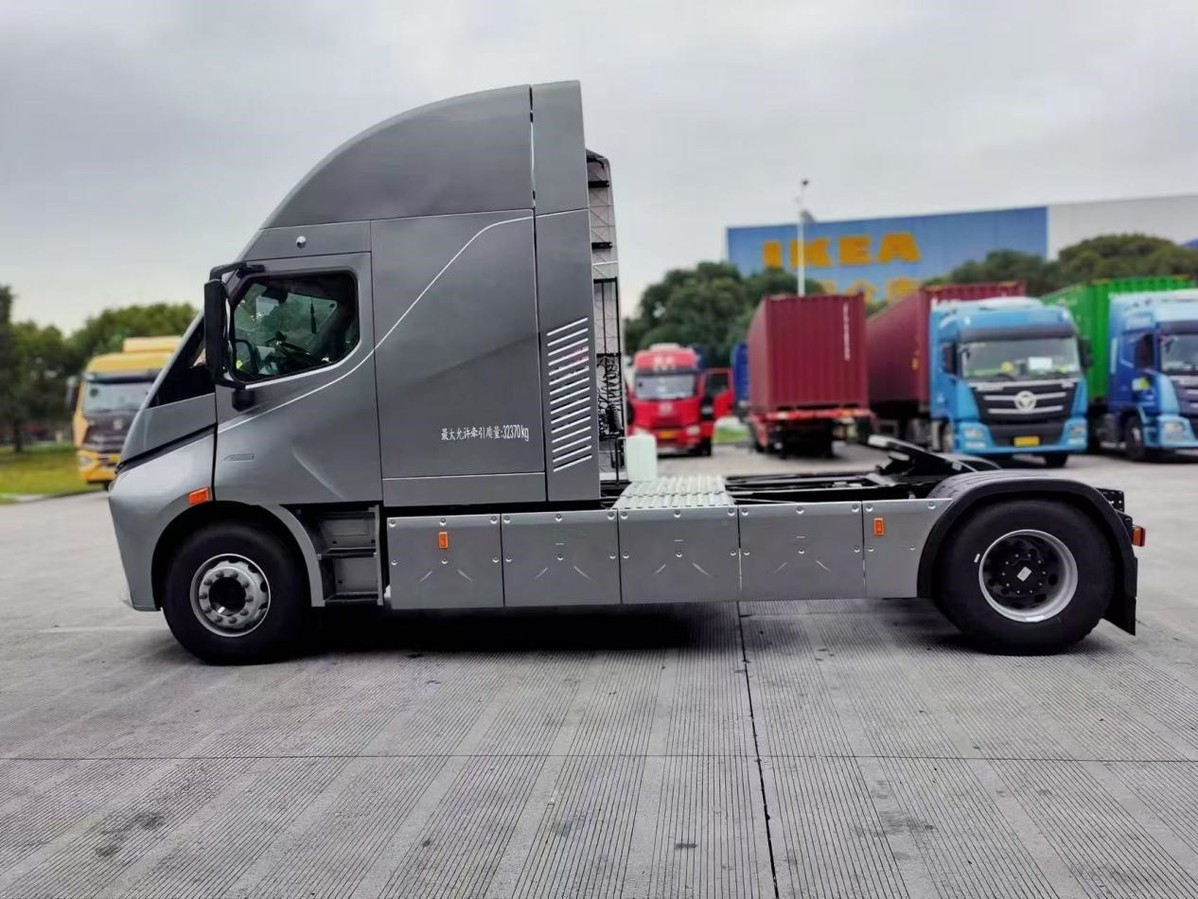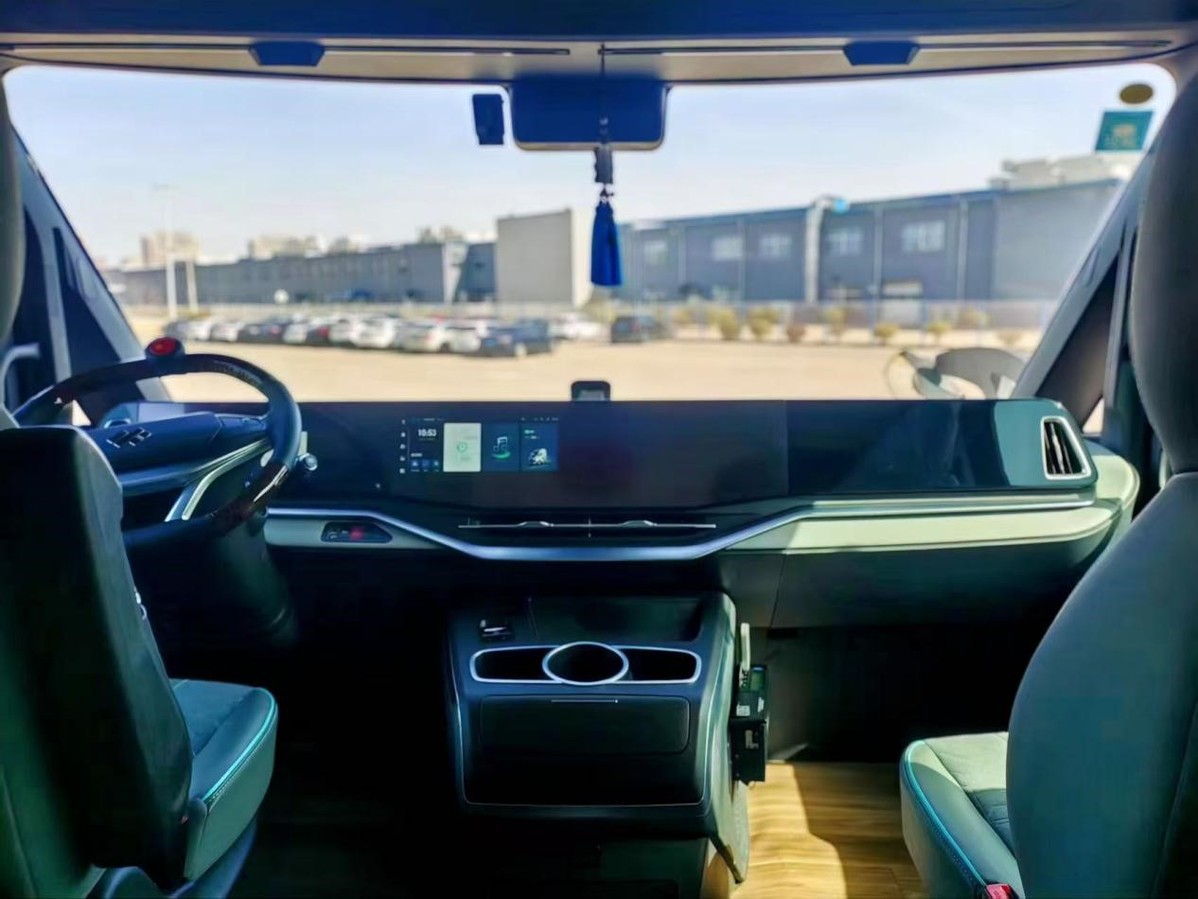
Furniture and home accessories producer IKEA's supply chain operations launches its first batch of smart-driving electric trucks in China. [Photo provided to chinadaily.com.cn]
Furniture and home accessories producer IKEA's supply chain operations recently launched its first batch of smart-driving electric trucks in China, a major step to enhance logistics efficiency and reduce carbon emissions.
These trucks began operations in December 2024, running between the IKEA distribution center in Shanghai and the IKEA store in Hangzhou, Zhejiang province—a route covering about 150 kilometers.
"Partnering with a leading Chinese company, we have combined smart-driving technology with electric trucks, showcasing our commitment to innovation and our ambition to reduce CO₂ emissions in logistics," said Angela Bian, deputy category land manager at IKEA.
The introduction of smart-driving technology builds upon the sustainability benefits of electric trucks by optimizing energy efficiency and enhancing safety.
The trucks feature intelligent driving systems designed to reduce fuel consumption, minimize driver fatigue, and lower the risk of accidents. Real-time monitoring and responsive controls further improve the safety and reliability of heavy-duty transportation.

Furniture and home accessories producer IKEA's supply chain operations launches its first batch of smart-driving electric trucks in China. [Photo provided to chinadaily.com.cn]
Since 2017, IKEA supply chain operations has been actively promoting the electrification of its transport network in China. By August 2024, IKEA had deployed 120 electric trucks across the country.
IKEA's supply chain operations is responsible for managing the transportation of IKEA products between suppliers and retailers, overseeing about 1.7 million shipments annually.
Under the IKEA Sustainability Strategy, the unit aims to transition to zero-emission heavy-duty trucks and ocean vessels by 2040, while reducing the carbon footprint of its transport operations by an average of 70 percent by 2030, compared to its fiscal year 2017.